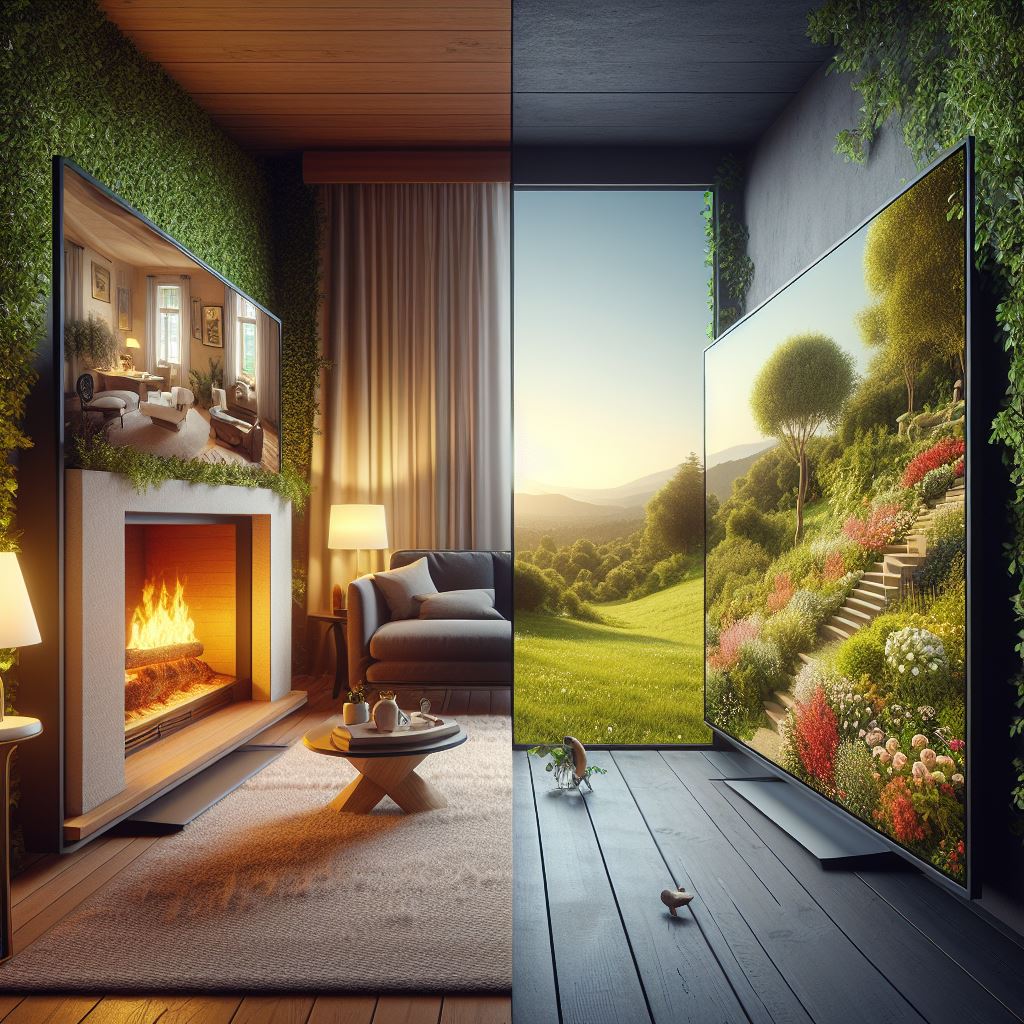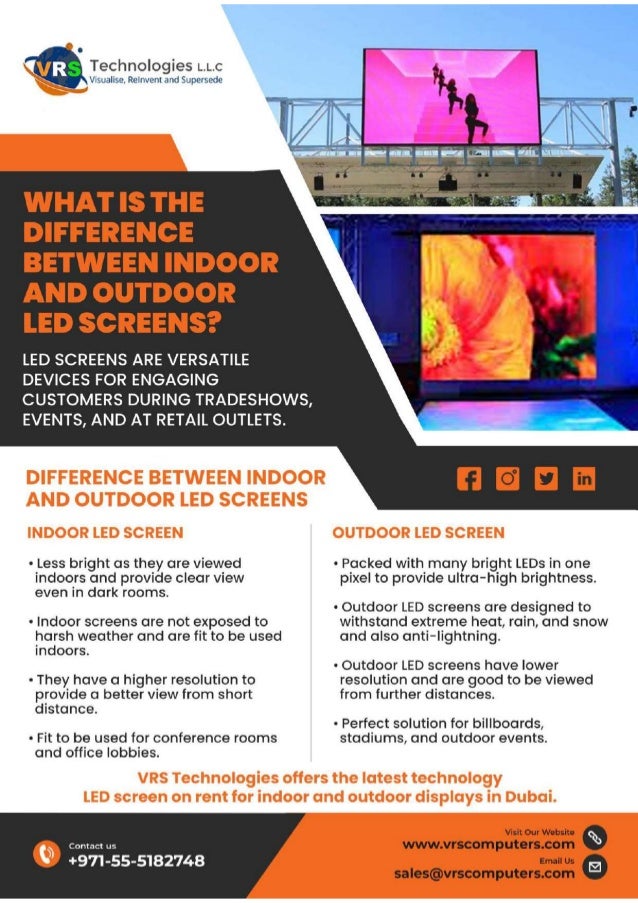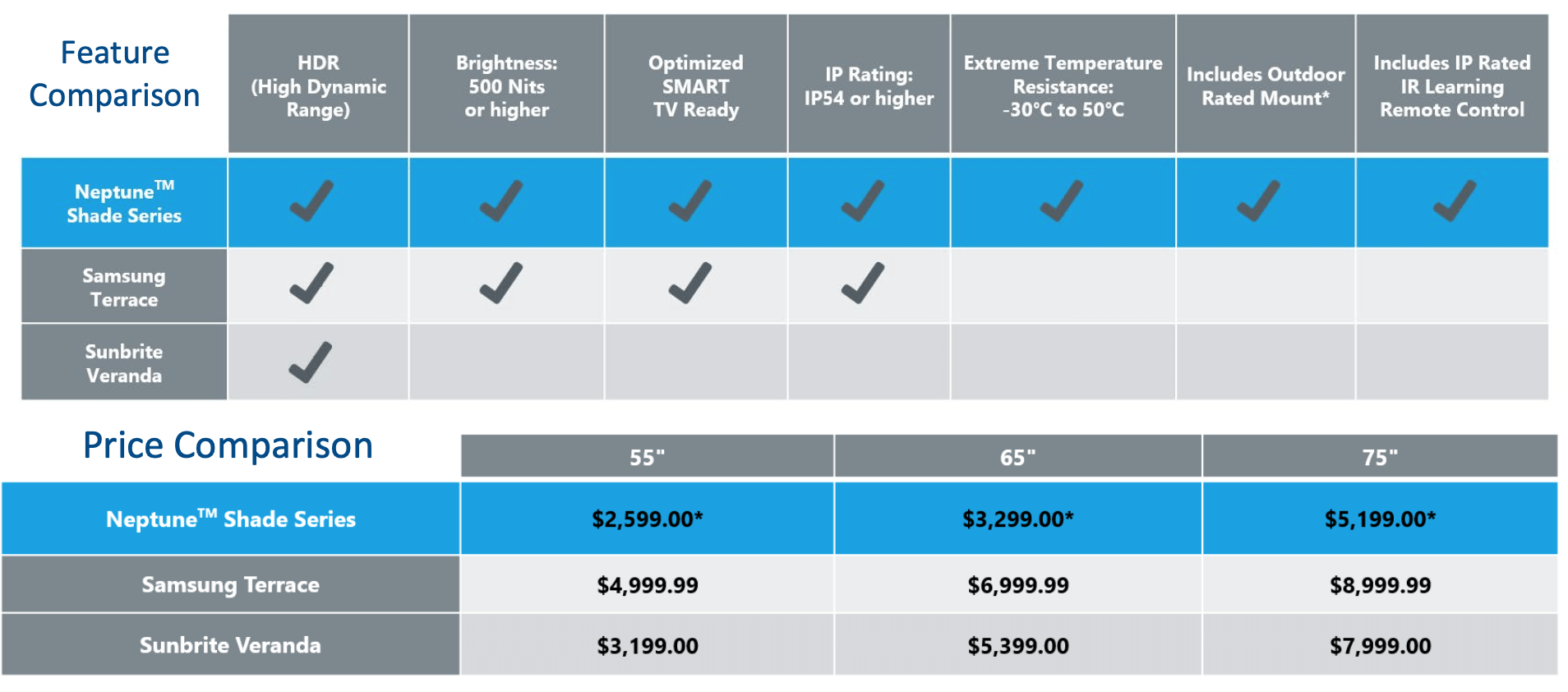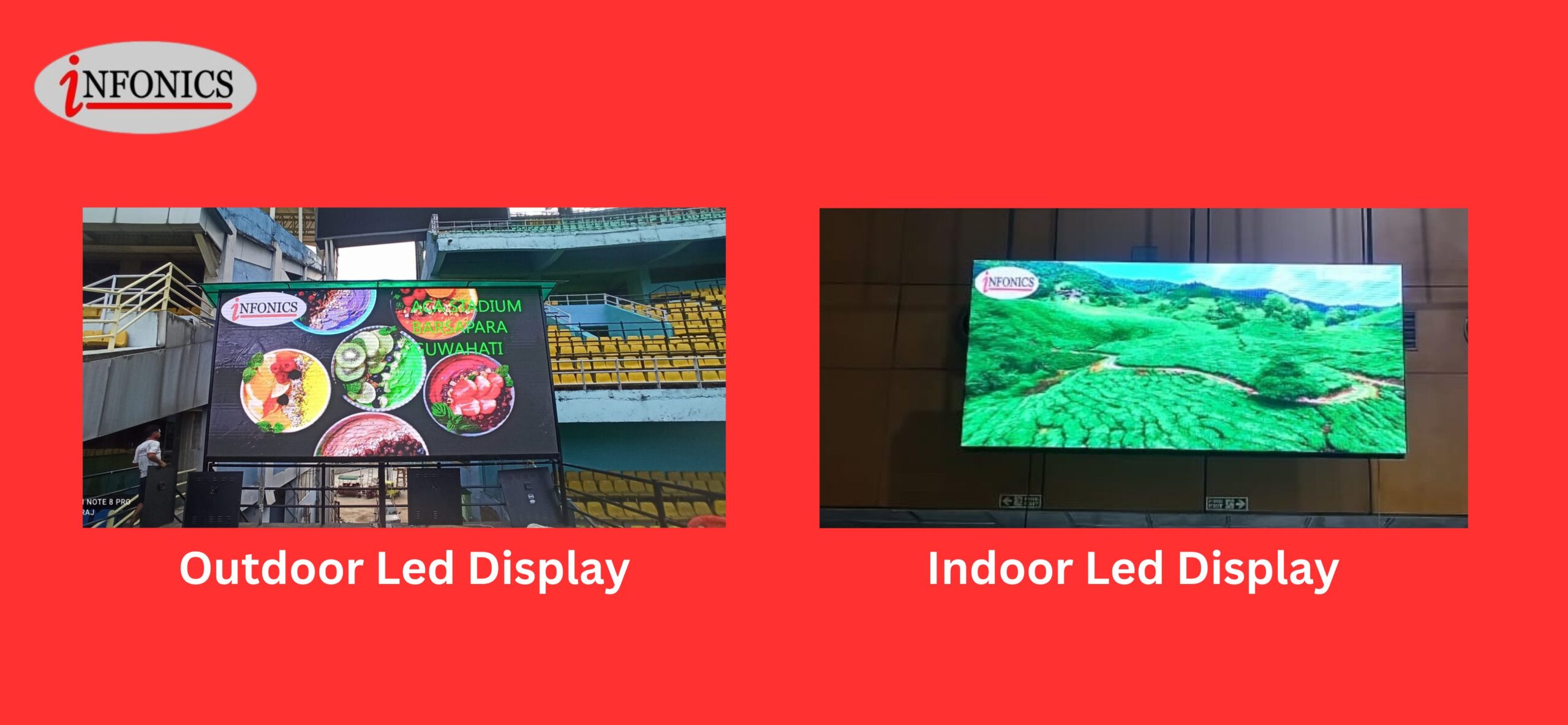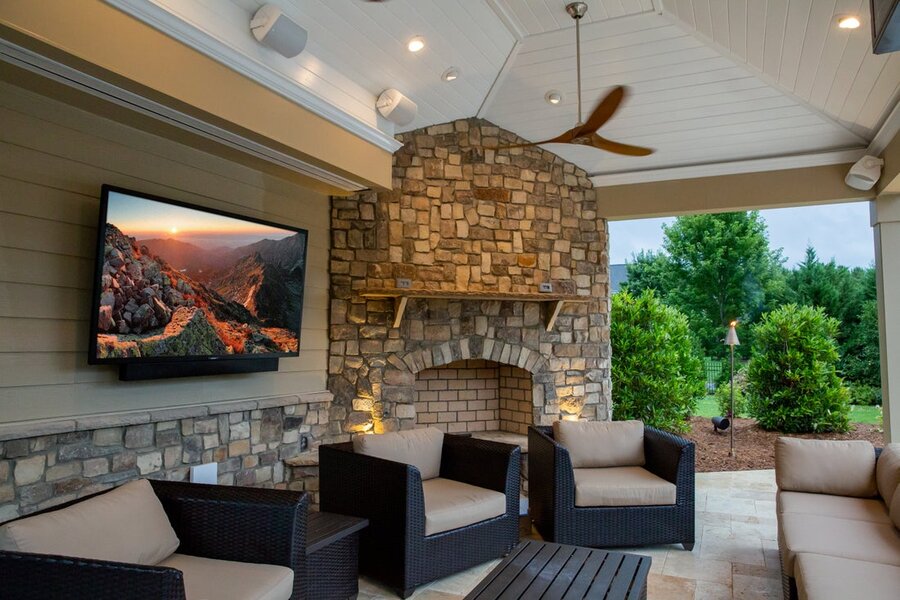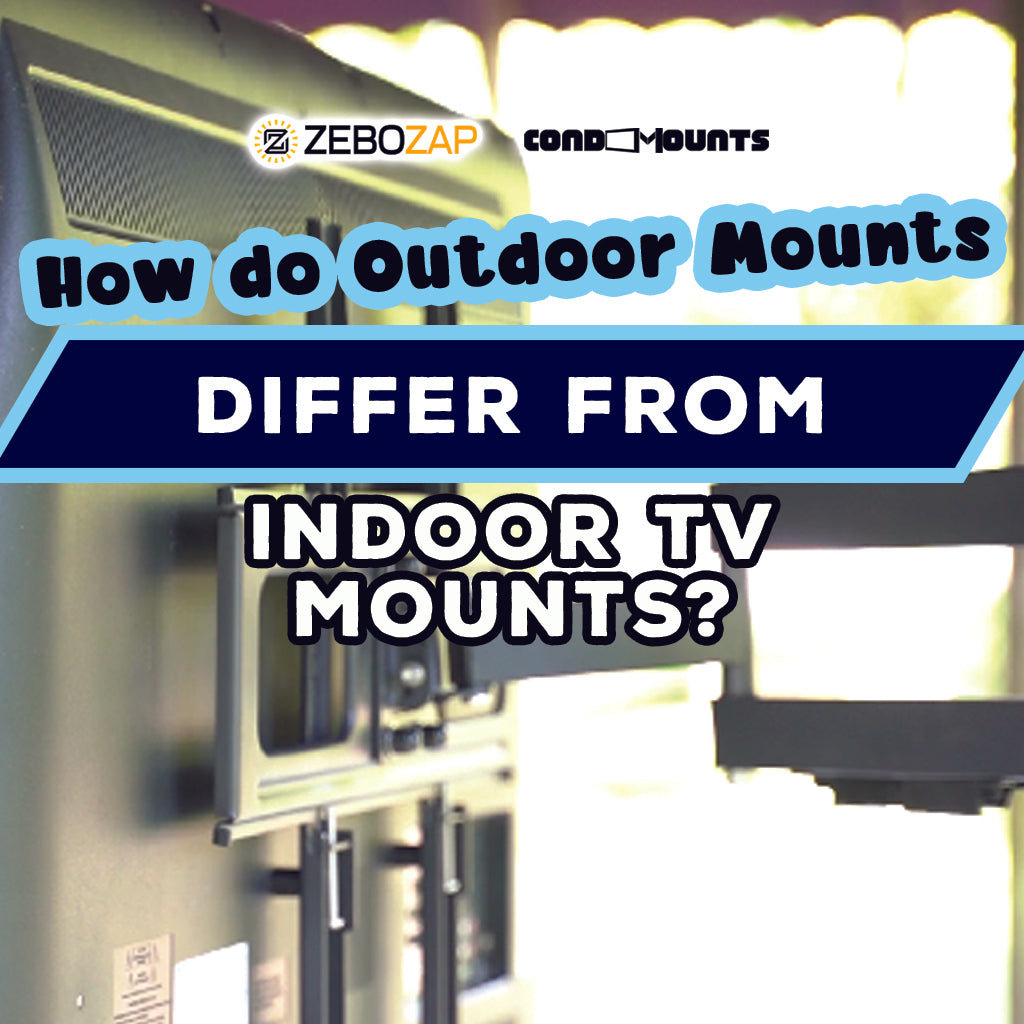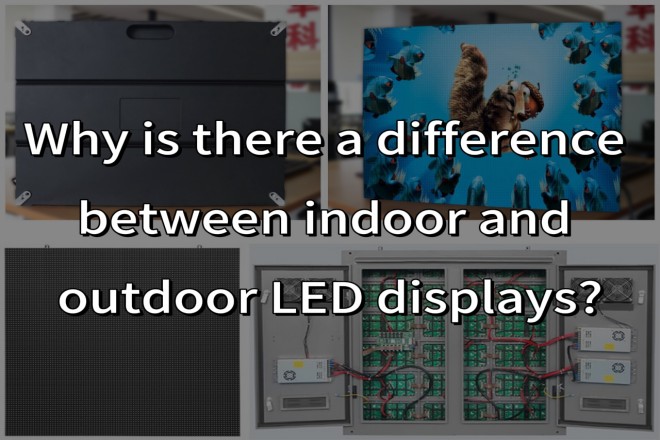Difference Between Indoor And Outdoor Tv
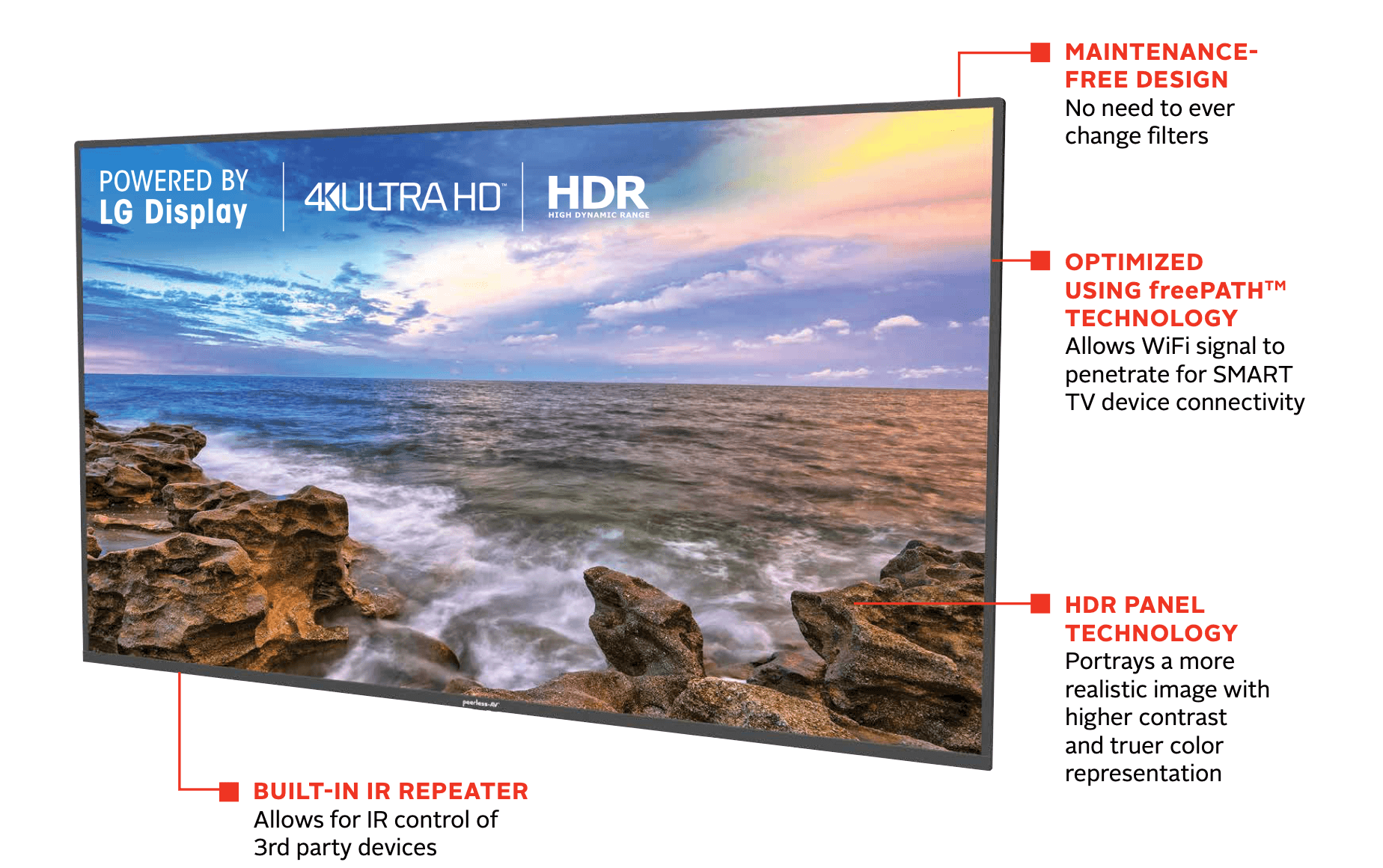
Imagine basking in the summer sun, a gentle breeze rustling through the leaves, and the aroma of barbecue filling the air. But something's missing – the big game! You drag your living room TV outside, plug it in, and… glare. The picture is washed out, details lost in the bright light. It's a far cry from the immersive experience you envisioned.
This highlights a crucial difference between indoor and outdoor televisions. While they may look similar at first glance, these devices are engineered for vastly different environments, impacting picture quality, durability, and overall performance. Understanding these distinctions ensures you get the best viewing experience, whether you're enjoying a movie night indoors or hosting a backyard gathering.
The Brightness Battle: Nits and Ambient Light
The core difference boils down to brightness. Indoor TVs are designed for controlled lighting, typically emitting between 250 to 400 nits (a unit of luminance). Outdoor TVs, however, need to combat direct sunlight and ambient light, requiring a much higher brightness level, often exceeding 1000 nits, and some even reaching 2000 nits or more.
Think of it like this: a flashlight in a dark room versus a flashlight trying to cut through the daytime sun. Without sufficient brightness, the image on an outdoor TV will simply disappear under the glare. Manufacturers achieve this increased brightness through specialized LED backlighting and display panel technologies.
Durability: Weathering the Elements
Indoor TVs reside in climate-controlled comfort, shielded from the elements. Outdoor TVs face rain, dust, extreme temperatures, and even insects. That's why they're built with rugged, weather-resistant enclosures.
These enclosures often boast an IP rating (Ingress Protection), indicating their ability to withstand water and dust intrusion. An IP65 rating, for example, signifies protection against dust and low-pressure water jets. This robust construction ensures longevity and prevents damage from the unpredictable nature of the outdoors.
Temperature Tolerance: Hot and Cold Extremes
Temperature fluctuations can wreak havoc on electronics. Indoor TVs are generally designed to operate within a narrow temperature range. Outdoor TVs, however, are engineered to withstand extreme heat and cold.
They incorporate specialized cooling systems and heating elements to maintain optimal performance, preventing overheating in the summer and ensuring functionality in freezing temperatures. This is crucial for maintaining image quality and preventing damage to the internal components.
Anti-Glare Technology: Taming the Sun
Reflections can significantly impact viewing experience outdoors. Indoor TVs typically have glossy screens optimized for controlled lighting environments. Outdoor TVs, however, often feature anti-glare or anti-reflective coatings to minimize reflections and improve visibility in bright sunlight.
These coatings diffuse ambient light, reducing glare and allowing viewers to see the picture clearly, even in direct sunlight. Without this, the screen would simply reflect the surrounding environment, making it impossible to watch.
Audio Considerations: Sound That Carries
Outdoor environments are often noisier than indoor spaces. The built-in speakers on indoor TVs may not be powerful enough to overcome ambient noise. Outdoor TVs often incorporate more powerful speakers or are designed to be paired with external sound systems.
This ensures that the audio is clear and audible, even with background noise from traffic, wind, or conversations. Investing in a good sound system alongside an outdoor TV enhances the overall viewing experience.
Cost: Investing in the Outdoors
Given their specialized construction and advanced features, outdoor TVs typically cost significantly more than comparable indoor models. The added expense reflects the investment in weatherproofing, brightness, and durability.
While it might be tempting to bring an indoor TV outside, the risk of damage and poor performance often outweigh the savings. Investing in a purpose-built outdoor TV ensures a superior viewing experience and a longer lifespan.
Installation: Professional is Preferred
Installing an outdoor TV requires careful consideration. Mounting options, power connections, and cable management all need to be weather-resistant. Professional installation is often recommended to ensure proper setup and compliance with safety regulations.
Professionals can help determine the best location for the TV, ensuring optimal viewing angles and protection from the elements. They can also handle the wiring and connections, ensuring a safe and reliable setup.
The Takeaway
Choosing the right TV for your needs is essential. Indoor TVs excel in controlled environments, prioritizing picture quality and design. Outdoor TVs, on the other hand, prioritize brightness, durability, and weather resistance.
Understanding these key differences ensures you select the perfect display for your specific viewing environment, guaranteeing a fantastic entertainment experience, whether you're indoors or out. So, next time you dream of movie night under the stars, remember the crucial role your TV plays in bringing that vision to life.
